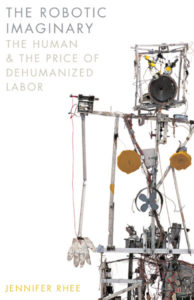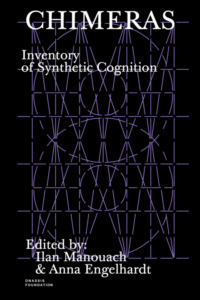Robotics and AI:
New Perspectives
1 Nov–4 Nov, 2022
1–2:30 pm (EST)
Smithsonian Institution
Thinking about robotics and AI technologies and fiction as co-evolving allows us to understand that these technologies and fictions are not developed in vacuums. They’re developed from the same shared cultural, political, economic, and social contexts. The fields of computer science, robotics, and creative writing reflect these shared contexts in a number of ways, including how these fields define intelligence, artistic beauty, collaboration, meaningful work, and what it means to be human.
Related
Monograph
To this end, we approach science and literature in the twentieth and twenty-first centuries as interactive modes of knowledge that carry forward historical practices of speculation, fugitivity, and amateurism.
The term “anthropomorphic attachments” also refers to a method for thinking about, examining, and critiquing AI technologies. According to this method, anthropomorphization, a central organizing concept of AI, cannot be disentangled from dehumanization, because the concept of the human cannot be disentangled from dehumanization.
Fortunati describes the hegemony of immaterial labor through its connection to forms of reproductive labor that were once located primarily within the domestic sphere. In digital capital, labor is increasingly immaterial and precarious as it makes its way outside of both the domestic sphere and the industrial factory.


